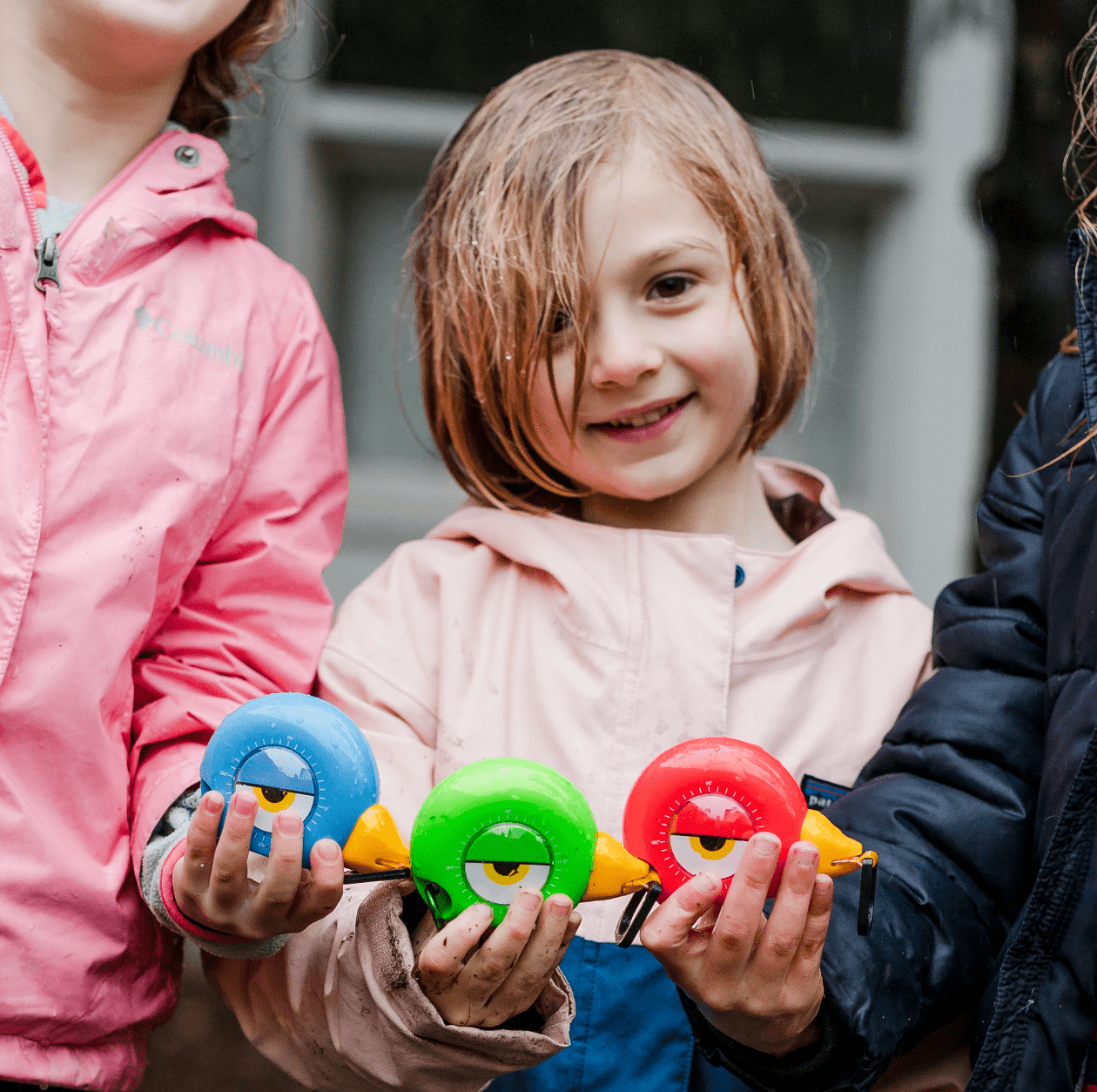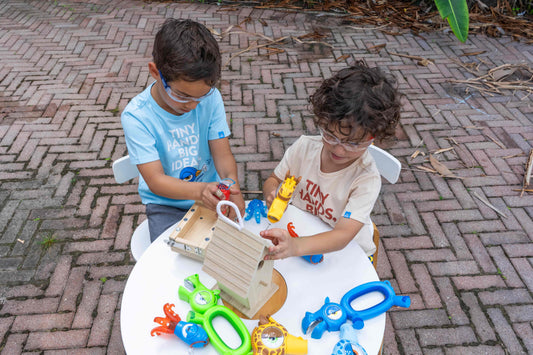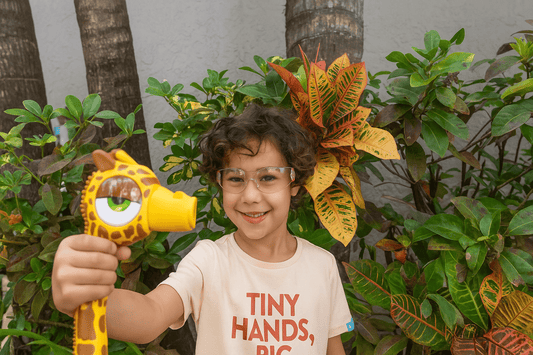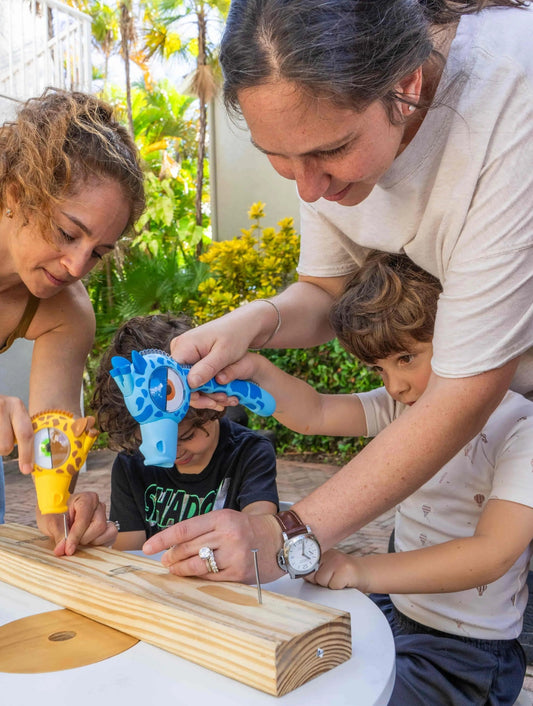
What to Get Kids Who Like Engineering?
Share
The best engineering toys for kids are real, functional tools designed for hands-on building. If your child loves taking things apart, asking how they work, or following you around during home repairs, the right tools can turn that curiosity into real skill development.
Children who are drawn to engineering benefit most from toys that let them experiment through action, not passive, push-button play. The goal is to provide them with safe, practical tools they can learn to use independently with some guidance.
What to Look for in Engineering Toys for Kids
Many products marketed as educational or engineering-based lack true functionality. Toys that light up or make sounds are fun, but they do not always teach mechanical thinking. To develop actual engineering skills, your child needs tools that work and require effort to master.
Effective engineering toys should meet these criteria:
- Provide real interaction like twisting, turning, or tapping
- Fit comfortably in small hands for better control
- Build core motor skills and hand-eye coordination
- Allow room for trial and error, promoting independent problem-solving
Recommended Tools That Encourage Learning
At Handyfamm, we design tools that are safe, durable, and perfectly sized for young builders. Here are three essential items for any child who enjoys engineering:
-
Ollie the Octopus Screwdriver
Teaches children how screws work and builds grip strength through controlled twisting motions.
-
Bolt the Hippo Wrench
Helps kids understand grip, alignment, and turning force while strengthening fine motor skills.
-
Stretch the Giraffe Hammer
Builds rhythm, coordination, and confidence as children safely learn to drive pegs or work with soft materials.
These tools are real, not replicas. They are intentionally designed to be safe for kids to use while still giving them the satisfaction of real work.
How These Tools Help Build Skills
Children build more than projects with tools like these. They develop spatial reasoning, sequencing, and basic mechanical logic. These are foundational elements of early STEM learning.
For more on how engineering play builds cognitive skills, read our Parent’s Guide to Boosting Spatial Smarts Using Engineering Tools for Kids.
Summary
If your child enjoys building, fixing, or figuring things out, they are ready for more than imitation play. The right tools make a difference. Functional tools like screwdrivers, wrenches, and hammers teach kids how to solve problems and build confidence through real interaction.
The best engineering toys for kids are the ones that help them think, try, and improve, one turn, twist, and tap at a time.
 Journal
5 Engaging DIY Projects to Kickstart Your Summer (Using Real Tools!)
Journal
5 Engaging DIY Projects to Kickstart Your Summer (Using Real Tools!)
Tired of watching your kids zone out in front of a screen all day? This summer, families are turning to HANDYFAMM, the hands-on DIY kit that gets kids creating, building, and problem-solving with real tools and projects.
May 19, 2025 at 5:30 PM Journal
Building a Foundation: Nurturing STEM Skills for Early Learning with Handy Famm
Journal
Building a Foundation: Nurturing STEM Skills for Early Learning with Handy Famm
In early childhood education, the foundation laid becomes the bedrock for the future of exploration and innovation. At Handy Famm, we recognize the pivotal role that STEM (Science, Technology, Engineering, and Mathematics) plays in shaping young minds. In this article, we explore the importance of building a strong STEM foundation for early learning and how Handy Famm tools become the cornerstone of this educational adventure!
February 14, 2024 at 1:30 AM Snippets
Which Engineering Toys Are Best Suited for My Child’s Age and Interests?
Snippets
Which Engineering Toys Are Best Suited for My Child’s Age and Interests?
“Engineering toys aren’t just fun—they build critical thinking, motor skills, and problem-solving abilities that lay the groundwork for lifelong learning.”
May 15, 2025 at 12:14 PM








 https://handyfamm.com
https://handyfamm.com